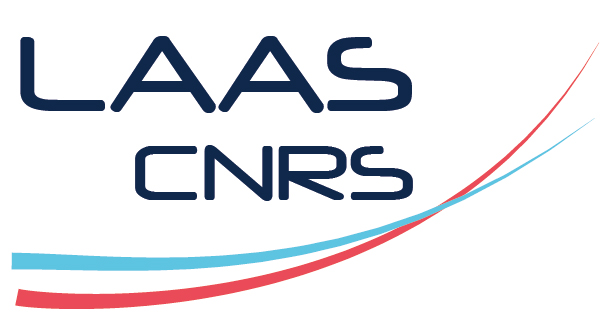Interaction and control of a human-exoskeleton system
Résumé
This paper presents a way to control an exoskele-
ton for patient suffering from stroke cerebral palsy (CP).
More precisely a model of the gait related to CP type-C is
proposed and corrected through a whole body QP-controller.
The model is be done using mechanical differential equations,
while the whole body QP controller is implemented through a
Weighted Quadratic Program (WQP) called TSID. A unique
feature of this paper is the Clinical Gait Analysis (CGA) and
EMG acquisitions performed on two 9 years old twin sisters.
One has spastic cerebral palsy (C) while the other is healthy
(H) thus without any impairment. This paper aims to correct
the gait of C and converge to the one of H. The interaction
between the human and the exoskeleton is realized through an
impedance controller. Ground contacts are also included in the
stack of tasks. Models and control were evaluated using the
determination coefficient (R2 ) method. The pathological gait
was modeled with a (R2 ) > 99%, control of the exoskeleton
alone with a (R2 ) > 99%, control of the human inside the
exoskeleton with a (R2 ) > ..%
| Origine | Fichiers produits par l'(les) auteur(s) |
|---|



